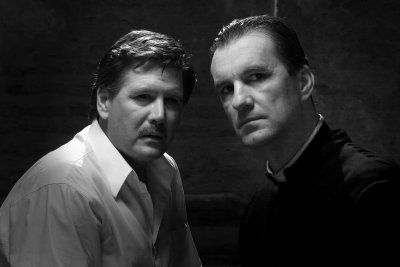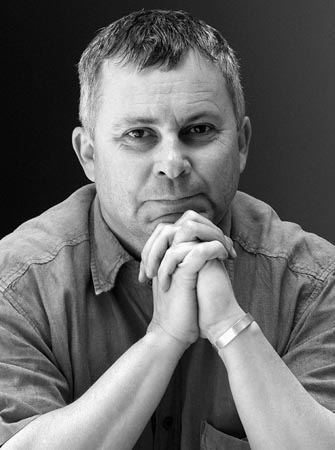The movie paints an absurd, parodic picture of political sides.Continue reading

Best Film, Best Director, Best Cinematography, and Best Actor awards were won by Zsolt Pozsgai’s Red Faust (Szeretlek, Faust) at the Global Nonviolent Film Festival, writes Magyar Nemzet.
The movie about Cardinal József Mindszenty was shot in the House of Terror Museum in Budapest. The film won the Best Film award, while Zsolt Pozsgai was voted Best Director and Márk Győri Best Cinematographer.

Zsolt Pozsgai is a Hungarian playwright, theater and film director, screenwriter, and Béla Balázs Prize winner. He was artistic director of several theaters. Photo via Wikipedia
Interestingly, it was the first time that two actors shared the award for Best Actor in a leading pole, underlining the unity of the performances of Ádám Lux and Armand Kautzky in the film.
The festival, one of the most vibrant events in the US and Canada, is also special because it not only awards the selected films each year, but also launches online distribution, bringing the films to audiences primarily in the US and Canada.
The festival is dedicated to films that focus on non-violent, positive human content and only accepts entries from professional filmmakers.
Red Faust has won awards at several international film festivals before, including Best Film in Calcutta and Vancouver. At the latter festival, Ádám Lux shared the Best Actor award with Armand Kautzky.
The film was previously a stage play with the same cast. It was a shocking, uplifting, empowering play in which the figure of Mindszenty was seen as a national hero. It was performed on stage for sixteen years with great success. The film recently won the Best Film and Best Actor awards at the International Film Festival in New Jersey and at the East European Film Award Festival.
The story is based on true facts, as József Mindszenty was indeed a prisoner in Sopronkőhida (northwestern Hungary) in 1944. He was imprisoned by the Arrow Cross party, because while still bishop of Veszprém, he refused to hold services in his diocese for the spiritual salvation of the party. It is also a fact that during this period, actor Pál Jávor was imprisoned in the same place by the Germans because of his Jewish wife. It is, however, a figment of Pozsgai’s literary imagination that the two characters were put in the same cell.
Via Magyar Nemzet, Featured image via Wikipedia